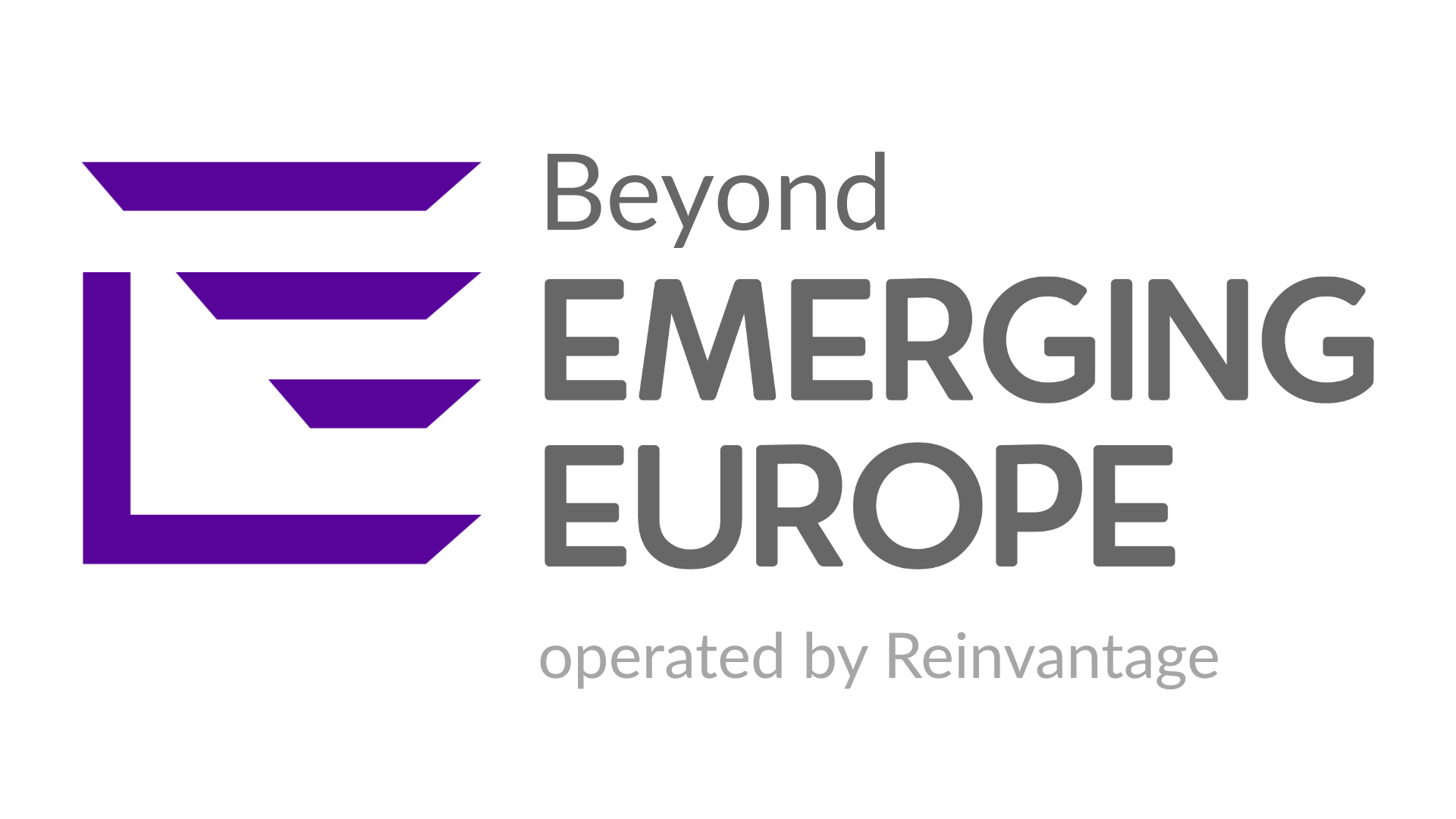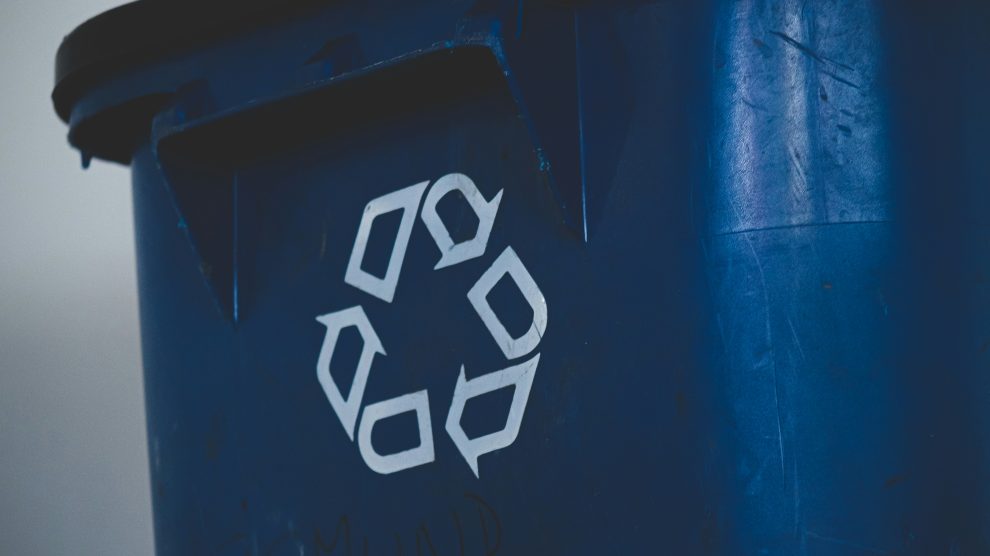Central and Eastern Europe’s waste crisis can no longer be ignored or buried. But some forward-thinking municipalities have already proven that modern waste-to-energy initiatives not only solve environmental headaches but also create economic value.
Across Central and Eastern Europe, more than half of all municipal waste still ends up buried in landfills—far above the EU average of 22 per cent. In Poland alone, five million tonnes of rubbish (around 40 per cent of all waste produced) are dumped underground each year, releasing harmful greenhouse gases and draining public budgets.
Bulgaria meanwhile has a landfill rate exceeding 70 per cent, and Romania’s rate is over 50 per cent.
The scale of the waste management problem across Central and Eastern Europe is huge. Growing urban populations, rising living standards, and rapidly expanding consumer economies have conspired to increase waste generation dramatically.
It’s a dirty, costly habit, increasingly at odds with tightening European Union regulations. And with landfill costs soaring, and public patience wearing thin, policymakers and investors urgently need alternatives.
Fortunately, amid the waste crisis lies an opportunity: turning mountains of trash into renewable energy, profits, and a cleaner future.
Turning trash into treasure
Enter waste-to-energy (WTE), an elegant solution increasingly favoured across the continent. It addresses two key issues simultaneously: the reduction of waste sent to landfills and the generation of renewable energy.
Poland, despite its poor headline numbers and portrayal as a laggard in environmental innovation, has surprisingly taken strides in WTE development. In Poznań, a modern waste-to-energy facility has become a beacon of green infrastructure.
Opened in 2016, the plant incinerates approximately 210,000 tonnes of waste annually, generating electricity for around 100,000 households. Its dual function—waste reduction and energy production—has become a model across the region. Crucially, Poznań’s success has sparked similar initiatives nationwide, with major cities including Warsaw and Gdańsk now racing to follow suit.
Similarly, in Czechia, the city of Brno exemplifies forward-thinking waste management. Its incineration facility not only disposes of over 230,000 tonnes of waste each year but also generates heating and electricity for nearly 40,000 homes. The clever part? The plant is integrated with the city’s heating grid, showcasing how waste solutions can harmonise neatly with urban infrastructure.
It’s smart, profitable, and environmentally friendly—a triumvirate sure to appeal to any C-suite boardroom.
Hungary, too, has made substantial strides. In Budapest, the Rákospalota waste incineration plant has been operational for decades but recently underwent significant technological upgrades. Now handling more than 420,000 tonnes of waste annually, it produces energy equivalent to the consumption of 60,000 households.
Hungary’s success demonstrates the power of incremental innovation: investing consistently in upgrading older facilities can yield dramatic environmental and economic dividends.
Beyond burning: Biogas and recycling innovation
Incineration is not the only star in the WTE galaxy. Biogas technology—capturing methane released from decomposing waste—has emerged as an attractive alternative.
Poland’s Biogazownie Małopolskie project harnesses the power of agricultural waste, transforming manure and organic residues into biogas that fuels electricity generation. Similar projects in Hungary have harnessed food waste from Budapest’s restaurants and supermarkets, generating renewable biogas and significantly reducing emissions.
Meanwhile, advanced recycling techniques, such as chemical recycling, are opening new frontiers. In Czechia, researchers at Brno University of Technology have piloted innovative chemical recycling methods capable of transforming plastics—traditionally the nemesis of environmentalists—into valuable industrial fuels and chemicals.
Such technologies promise to reduce landfill reliance dramatically and could significantly reshape Central and Eastern Europe’s waste management landscape if scaled effectively.
The economic and environmental dividend
For executives scanning balance sheets, the economic logic of waste-to-energy investment is clear: reduced landfill costs, reliable renewable energy revenue, and tangible carbon credits. For policymakers, the appeal is equally straightforward.
These plants represent substantial job creators, from construction and plant operation to high-skilled technical roles in maintenance and management. Estimates suggest that robust WTE programmes could generate thousands of sustainable jobs across Central and Eastern Europe, particularly in regions desperate for economic revitalisation.
Moreover, WTE reduces methane emissions—around 25 times more potent as a greenhouse gas than carbon dioxide—making these projects environmentally critical in combating climate change.
Investors and municipalities are beginning to realise that sustainability can indeed mean profitability.
Bridging the gap
However, despite successes, the region’s overall progress remains patchy. Regulatory uncertainty, inconsistent public support, and bureaucratic inertia frequently stymie promising initiatives. Investment remains cautious, constrained by fluctuating policy environments and unclear incentives.
Hungary’s recent regulatory shuffle around energy tariffs is a cautionary tale: rapid policy reversals can leave investors wary and slow crucial environmental progress.
Public perception also presents a formidable challenge. Waste-to-energy projects often trigger public opposition, borne of fears about emissions and local environmental impacts. Effective communication, transparency, and meaningful community involvement are essential to overcome skepticism.
Poznań’s proactive public engagement, including open tours of the facility and clear demonstrations of environmental safeguards, could serve as a blueprint for others grappling with local resistance.
Policy recommendations: Making the leap
To truly capitalise on waste-to-energy’s promise, Central and Eastern European governments and municipalities must act decisively.
First, clear, consistent regulatory frameworks and targeted incentives for private sector participation are essential. Transparent, long-term commitments from governments can reassure wary investors and attract significant international capital.
Secondly, policymakers must actively engage the public. Educational campaigns highlighting the benefits and addressing common misconceptions can transform sceptics into supporters. Public-private partnerships, where municipalities share risk and reward with investors, have also proven highly effective across Europe and deserve serious consideration.
Finally, embracing technological innovation should become central to the regional strategy. Substantial EU funds are available for sustainable infrastructure projects, including waste-to-energy. Strategic deployment of these funds—especially in research, development, and scaling of promising recycling and biogas technologies—could fast-track Central and Eastern Europe’s environmental transition.
Waste not, want not
Central and Eastern Europe’s waste crisis can no longer be ignored or buried. Forward-thinking municipalities from Krakow to Budapest have already proven that modern waste-to-energy initiatives not only solve environmental headaches but also create economic value.
But achieving widespread success demands vision, consistency, and strategic clarity. For executives and policymakers alike, the time for half-measures has passed.
The opportunity—and urgency—is clear. When it comes to waste, time is literally money.


Add Comment